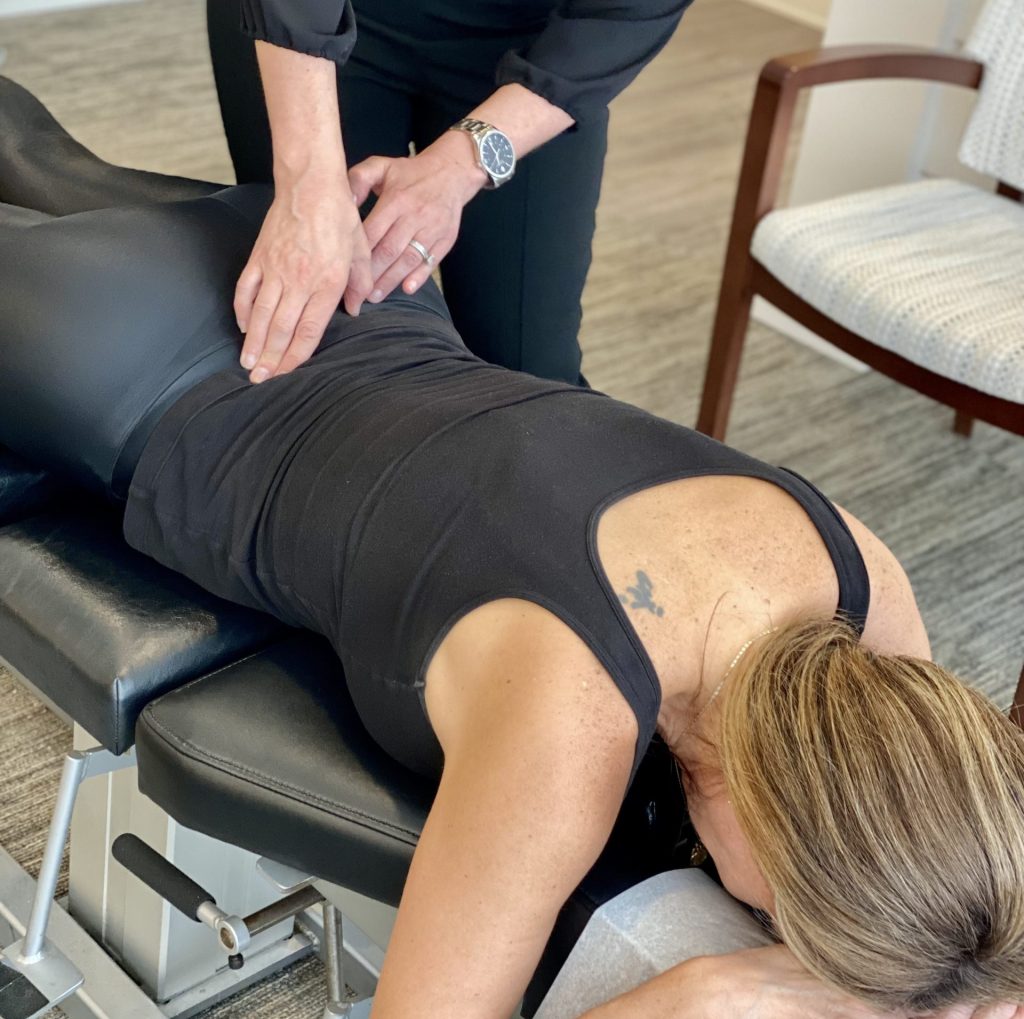Chiropractic care addresses the structural and nervous system factors contributing to back pain; adjustments restore proper alignment in the spine, relieving pressure on nerves and reducing muscle tension; chiropractors also utilize soft tissue therapies, stretches, and lifestyle recommendations to support the healing process; this combination helps improve mobility, reduce inflammation, and prevent flare-ups; unlike temporary fixes, chiropractic care focuses on addressing the root cause, aiming to create long-term improvements; many people with chronic or recurring back pain find chiropractic services helpful in managing discomfort and regaining the ability to move comfortably in daily life.
Back Pain
Home / Chiropractic / Conditions / Back Pain
New Chiropractic Patient Special Offer
Take advantage of our exclusive new patient chiropractic special! For just $97 (regularly $285), you’ll receive a thorough consultation, spinal examination, digital x-rays, and a personalized doctor’s report of findings. Don’t miss this opportunity to prioritize your health at an incredible value. Offer excludes personal injury, worker’s comp, functional medicine, and BrainCore therapy. Use code Balance97 on your intake form to redeem this offer!





